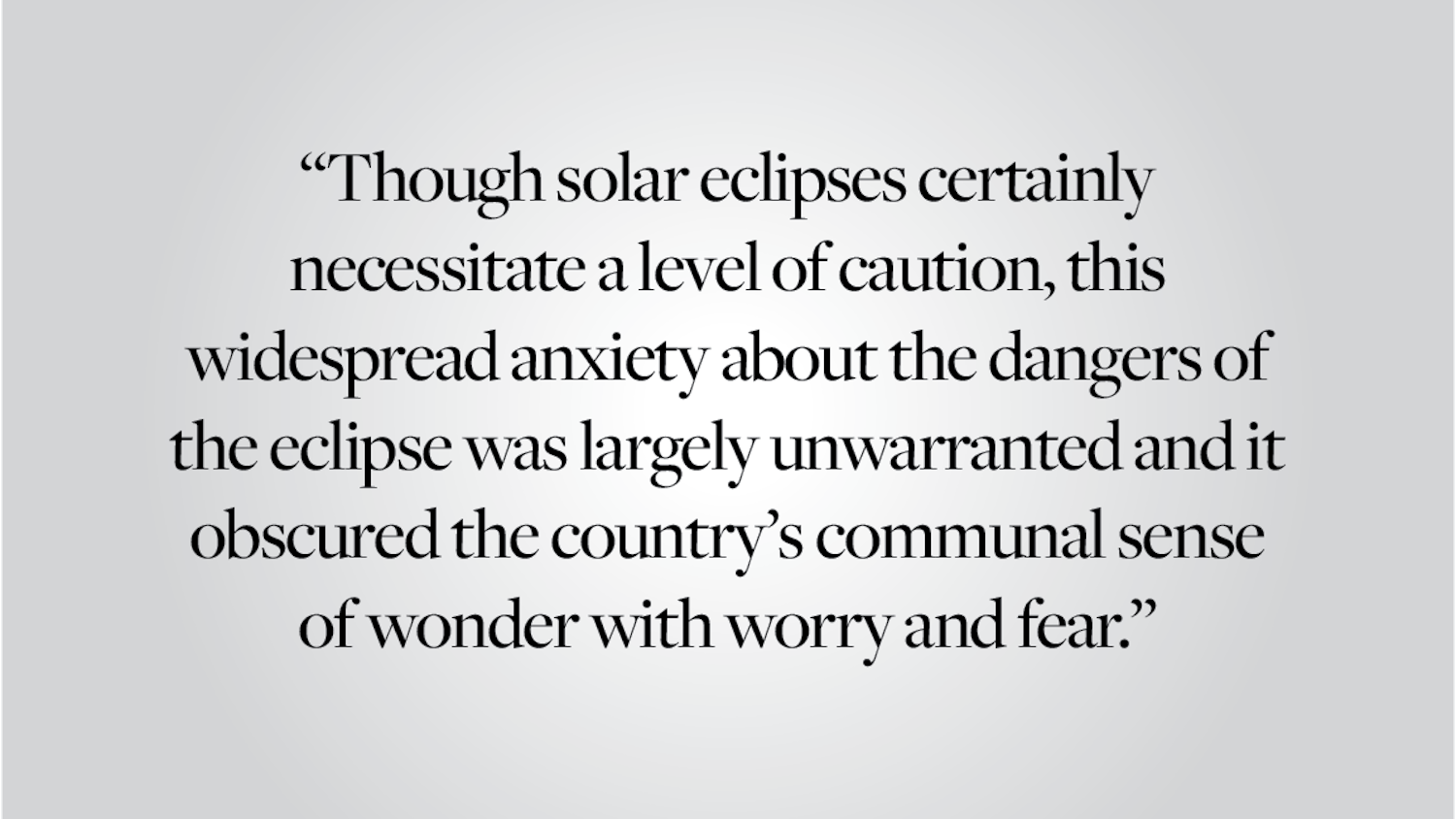Last week, the University of Arizona’s student newspaper, the Arizona Daily Wildcat, published an op-ed column by senior Rob Monteleone entitled “Only responsibility can stop rape” that featured much of the misogynist rhetoric we are unfortunately familiar with these days: Women shouldn’t go out at night alone, and if leaving a bike unlocked is our fault, it’s probably our fault for getting raped, too! It also features the suggestion that women “make a plan at 7 p.m. so you aren’t making accusations at 7 a.m.” If that’s not victim-blaming, I don’t know what is.
Monteleone’s piece was part of a “head-to-head” feature, its opposing piece entitled “Perpetrators are the only thing that can prevent rape.” But this alleged debate does not leave me championing our freedom of speech and right to hold contrasting beliefs. It leaves me sickened that the responsibility for a violent assault is considered up for discussion.
As a college woman aware of the statistic that one in five college women is sexually assaulted, I am enraged — and filled with fear — that attitudes like these are still prevalent.
This is not the first time in recent months that women have been encouraged to take more initiative in protecting themselves from rape. This summer, a group of students from North Carolina State University announced the development of a nail polish that would change colors when stirred with a finger into a drink potentially containing date rape drugs such as Rohypnol or GHB. The stealthy fashion tool would alert women if they were being drugged and allow them to make an escape from their date if need be. According to the website for Undercover Colors, the company that would manufacture this product, it is the “first fashion company empowering women to prevent sexual assault.”
Though less directly victim-blaming than the op-ed, a product like this — while undoubtedly well-intentioned — continues to unnecessarily shift responsibility onto young women for an assault that is not, and never will be, their fault. A blogger for the blog Animal suggested that a product like this could lead to victims being asked, ‘“Why didn’t you wear that nail polish?”’ and also pointed out that Rohypnol and GHB are less commonly used in drug-facilitated sexual assaults than drugs such as cocaine or MDMA. And even if my date were trying to drug me, who’s to say he wouldn’t pursue me when I awkwardly stuck my finger in my drink, then ran away?
Some will suggest that it’s not practical or appropriate to criticize technologies like these — you can’t teach everyone not to rape overnight, so we should be grateful for the tools we do have! But rape culture gives me the right to be angry, and I do not have to be grateful.
I am not grateful for a society that normalizes sexual assault as a potential consequence of going out at night. I am not grateful for having to wear specific nail polish, carry color-changing, drug-reacting cups in my purse, or don anti-rape chastity underwear — yes, these are products from creators hopping on the anti-rape technology bandwagon — in the hopes of guaranteeing my safety. I am not grateful for the illusion of agency regarding how I avoid sexual assault when all I want is agency over my entire personhood altogether.
Rather than suggest that women stop making allegedly unfounded accusations, Monteleone and those developing protective fashion products should instead read a recent New York Times op-ed by Anna Altman called “How Can Men Help Prevent Sexual Assault?” that details peer-education programs such as Mentors for Violence Prevention, which pairs high school seniors with college first-years to discuss strategies for addressing situations that could pose a risk for sexual assault. As the MVP program demonstrates, ending sexual assault boils down to more than a choice between quick-fix technology and images of angry feminists smashing the patriarchy. Though less commonly reported on than glamorous, entrepreneurial enterprises, strategies such as these hold great potential for addressing perpetrators of sexual assault without condescending victim-blaming.
It is likely that some women may use Undercover Colors or similar items to protect themselves. While I never want to deprive a woman of her decision to take what she considers to be precautions, I will ask that everyone, regardless of gender, remains critical of these seemingly simple solutions to larger, societal problems. And the next time an innovative anti-rape product makes headlines, be angry that headlines about destroying our pervasive rape culture aren’t on the front page instead.
Finally, to those who would still draw the comparison that we put locks on our bicycles to prevent theft, I must ask: Is the theft of material belongings, presumably for financial gain, really comparable to a violent assault on someone’s body?
Gabriella Corvese ’15 doesn’t think feminist is a bad word and can be reached at gabriella_corvese@brown.edu.
ADVERTISEMENT




